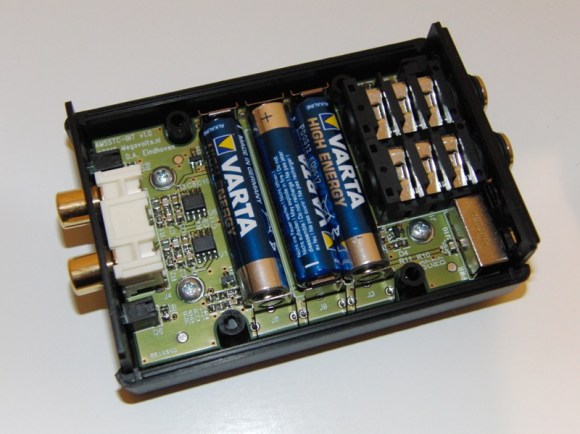A few years ago [Patrick] was offered the Tesla coil of a friend of a friend. This was an opportunity too good for him to pass up.
He then began the creation of an Off-Line Tesla Coil (OLTC), where no supply transformer is used. The incoming mains supply is rectified and directly fed into the tank capacitor.
[Patrick] therefore had to build a huge capacitor bank and more importantly his own primary coil, made with a 1.6mm (0.064″) copper sheet to handle the immense current involved. Air cooling the electronics was sufficient until he started using his three phase input supply. As more power involves more heat, a waterblock was designed to cool the main transistor.
Patrick’s write-up is very detailed and worth the read. Once you’re finished with it, we advise you to browse through his website, where a lot more cool projects are described.

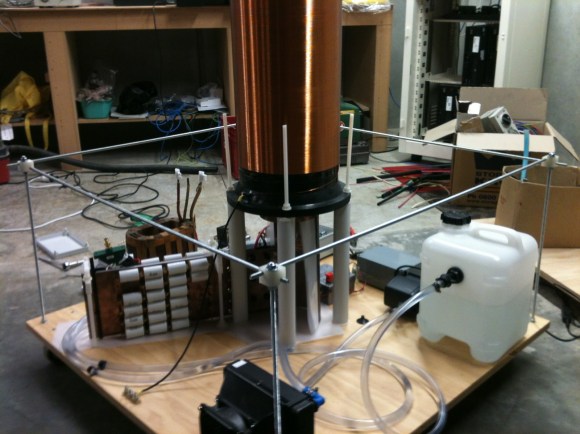




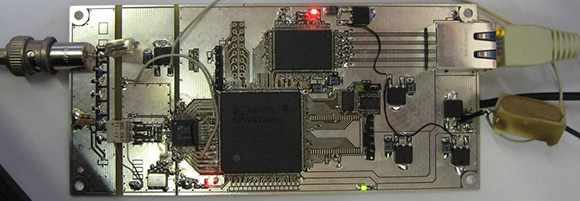

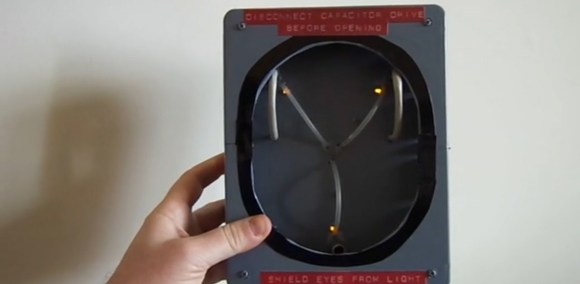
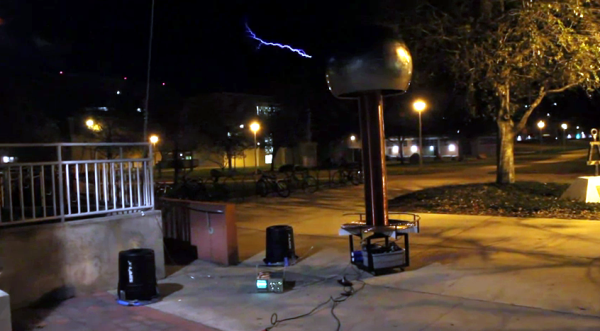
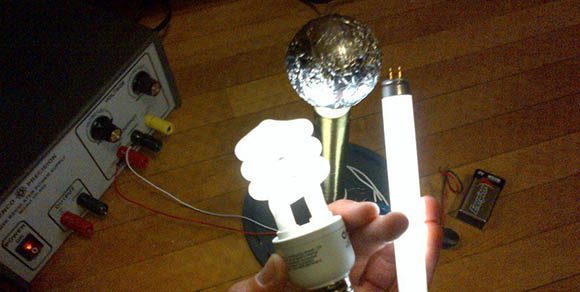 While playing chiptunes, creating lightning, and illuminating fluorescent tubes with a homebrew Tesla coil is awesome, they’re not exactly the safest electrical devices around, and certainly aren’t easy or cheap to build. There’s another option open if you’d like to play with strong electromagnetic fields;
While playing chiptunes, creating lightning, and illuminating fluorescent tubes with a homebrew Tesla coil is awesome, they’re not exactly the safest electrical devices around, and certainly aren’t easy or cheap to build. There’s another option open if you’d like to play with strong electromagnetic fields; 